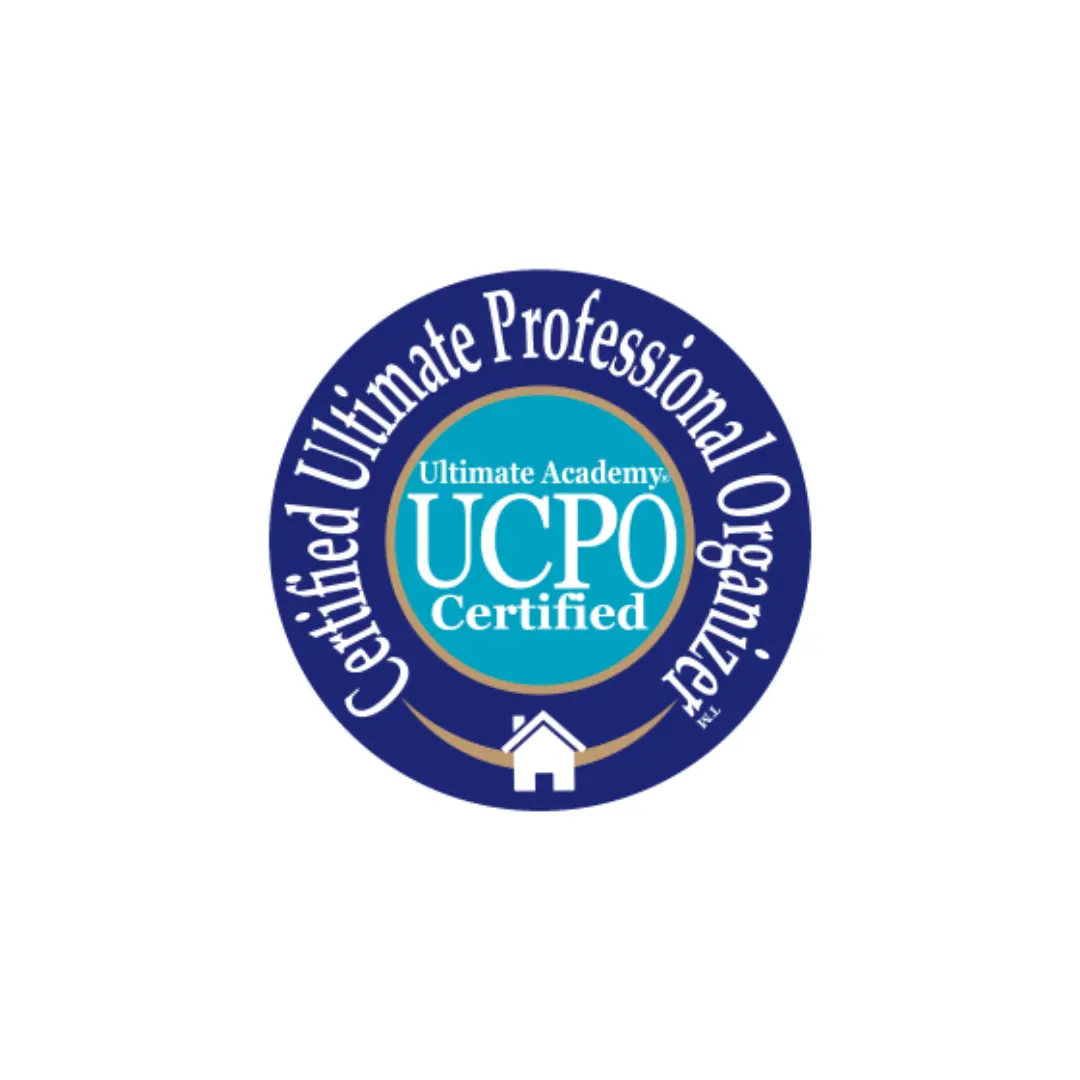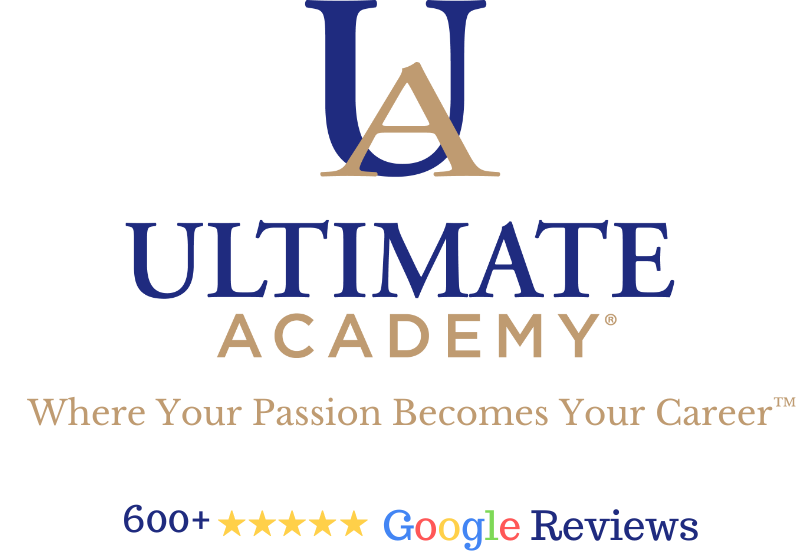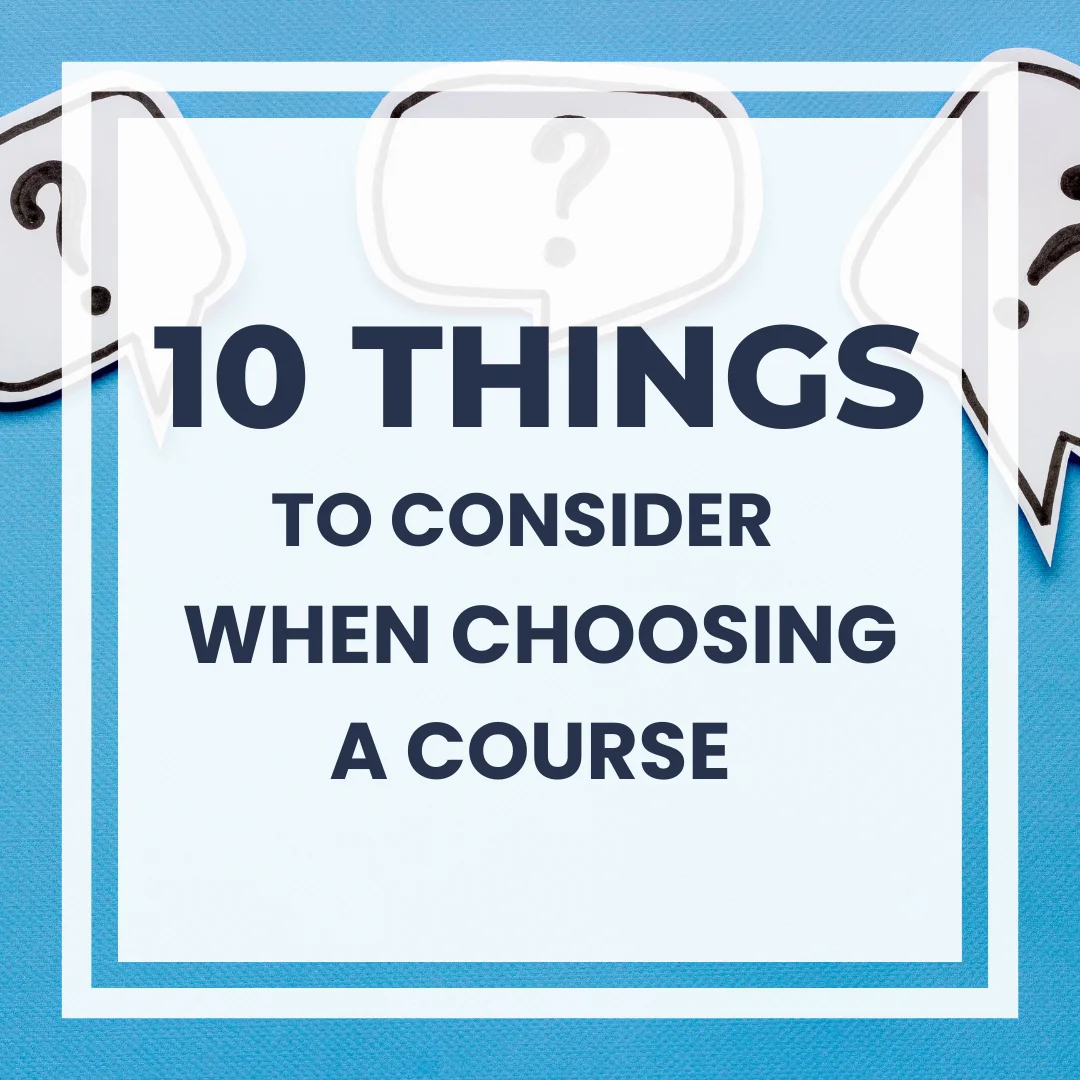No Closet, No Problem: How to Stay Organized in a Home Without Storage

Living in a large city offers its perks: exciting nightlife, endless dining opportunities, and close proximity to shops and boutiques. However, every advantage comes with its downsides, and for many residing in a metropolis like Toronto, space can be a significant limitation. Apartments, condominiums, and lofts, particularly in the downtown area, provide numerous amenities but often lack ample square footage.
When living spaces are limited in size, what often suffers is closet space—or, in some cases, the presence of built-in closets altogether. This situation poses a challenge, as everyone has belongings: clothes, kitchen items, and the assorted paraphernalia accumulated over the years.
To adapt to a home without closets, homeowners should begin by considering the activities they want their space to support and plan accordingly. For example, if you’re a cyclist, you’ll need to think about where to store your bike and gear. Being organized before moving in is crucial to efficiently use the available space.
It’s also important to decide what items you want visible (open storage, such as shelving) and what you prefer to keep out of sight (closed storage, like baskets). Living without built-in closets requires creativity but is entirely feasible.
Tip #1: Embrace Minimalism
Minimalism, the practice of living with less, has emerged as a response to past excesses. It focuses on reducing personal belongings, debt, and commitments, emphasizing experiences over possessions. Adopting a minimalist lifestyle can make living without closet space easier.
If full commitment to minimalism seems daunting, try a minimalist challenge, gradually letting go of items you can live without. This approach can ease you into a lifestyle of simplicity, particularly beneficial when storage space is limited.
Tip #2: Creative Storage Solutions
Being creative with storage can unveil space you didn’t know existed. Look up, down, and around for opportunities. Installing shelves above door frames or utilizing space above the refrigerator can create additional storage areas.
Under-bed storage is also a clever way to keep items organized, especially when containers are equipped with wheels for easy access. Wall space can serve as a practical solution for hanging bicycles or other items, maximizing the use of available space.
Tip #3: Organize the Entrance
The entrance is often the most cluttered area in a home. Without a front hall closet, creativity is key. Installing shelving and hooks and placing baskets on the floor can manage clutter effectively. A narrow table can serve as a convenient spot for keys and sunglasses, keeping the entryway organized and welcoming.
Tip #4: Furniture with Built-in Storage
Many furniture pieces are designed with storage in mind. Beds with built-in drawers, ottomans with storage compartments, and bedside tables can double as storage solutions. Ikea and other retailers offer furniture that combines functionality with style, helping you maintain an organized living space.
Tip #5: Create Your Own Closet Space
Even without built-in closets, it’s possible to create effective storage solutions. Freestanding racks with shelves and wardrobes with doors can act as mobile closets, offering both open and closed storage options. Prioritize which items you want to display and which you prefer to keep hidden.
In summary, a lack of built-in storage doesn’t have to compromise organization. Whether you embrace minimalism or simply incorporate a few space-saving strategies, creativity can reveal storage solutions in unexpected places. By exploring various options and planning your space wisely, you can enjoy an organized, clutter-free home regardless of its size.

Learn About our Professional Organizing Certification


Frequently Asked Questions About Organizing a Home Without Closets
Organizing your house can be a daunting task, but with the guidance of a Professional Organizer, it becomes much easier and can even be an enjoyable process. Professional Organizers help break the task down into manageable steps can help prevent feeling overwhelmed:
- Start Small: Begin with one area or room, even a single drawer or shelf, and work your way up. The sense of accomplishment from small victories can be motivating.
- Declutter First: Remove items you no longer need or use. Donate, sell, or recycle things that are in good condition. In Canada, organizations like the Salvation Army or local charities welcome donations.
- Categorize Items: Group items by their use or purpose. This makes it easier to decide where things should go and helps keep like items together.
- Use Storage Solutions: Invest in baskets, bins, and organizers. Canadian Tire, IKEA Canada, and Home Depot offer a variety of storage options for every room and budget.
- Label Everything: Labels can help everyone in the household know where things belong, making it easier to find and put away items.
- Maintain Regularly: Spend 15 minutes a day tidying and re-organizing. This can prevent clutter from building up again.
Lack of closet space can be challenging, but there are creative solutions to organize your clothes:
- Use a Clothes Rack: A freestanding clothes rack can hold hanging clothes. Select one with shelves or an attached shoe rack for extra storage.
- Install Shelves: Floating shelves or bookcases can be used to store and display folded clothes, shoes, and accessories. Fabric bins can add a tidy look.
- Under-bed Storage: Utilize space under your bed with storage bins for off-season clothing, shoes, or accessories. Many Canadian retailers sell under-bed storage solutions.
- Wall Hooks and Over-the-Door Organizers: Great for hanging bags, hats, or clothes you wear often. Over-the-door shoe organizers can also store small items like socks and underwear.
- Use a Dresser or Wardrobe: A dresser can store folded clothes, while a freestanding wardrobe can provide both hanging space and shelves.
Ultimate Academy®’s Professional Organizing course trains organizers to help others stay calm and actually enjoy the organizing process. They are equipped with strategies to reduce stress and anxiety associated with clutter and disorganization.
Through their training, Professional Organizers learn how to create personalized organizing systems and routines that ensure their clients can maintain their newly organized spaces with ease.
Working with a Professional Organizer not only transforms your space but also teaches you habits and techniques to keep your environment serene and organized, allowing you to focus on what matters most in your life.
Hanging clothes without a closet requires creative use of your available space:
- Freestanding Wardrobes or Clothes Racks: Ideal for hanging clothes and often come with additional storage options.
- Wall-mounted Hooks and Racks: Install them on unused wall spaces or behind doors for frequently used items.
- Ceiling-mounted Hanging Racks: A more unconventional option, great for high ceilings and adds a unique element to your decor.
- Tension Rods: Install them in alcoves or between walls for an instant hanging space.
Organizing a bedroom without a closet can seem challenging, but with the right strategies and the guidance of a Professional Organizer, it can be efficiently managed. A Professional Organizer could explain and guide these tasks, tailoring them to fit your specific needs and preferences:
Freestanding Clothes Rack: Choose one with multi-level hanging rods and shelves for varied storage.
Use a Dresser: For folded items, undergarments, and accessories. Top it with a tray for small items like jewelry and watches.
Creative Shelving: Install shelves around the perimeter of your bedroom for books, baskets, and clothes.
Storage Bed: Invest in a bed with built-in drawers for hidden storage, or use under-bed bins for extra items.
Wall Hooks and Hanging Systems: Use for items you access daily. This can include a mix of hooks, wall-mounted racks, or even a pegboard for a customizable solution.
Room Dividers with Shelves: They can define your space while providing storage and hanging options.











